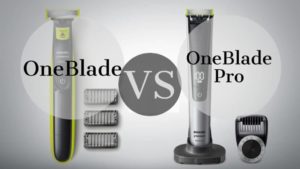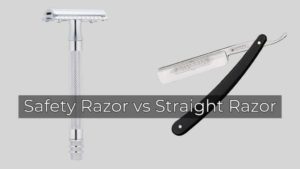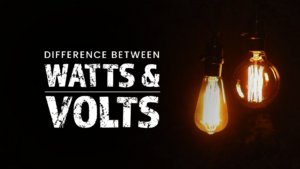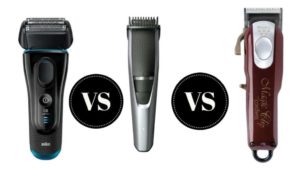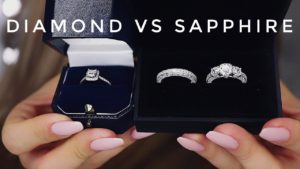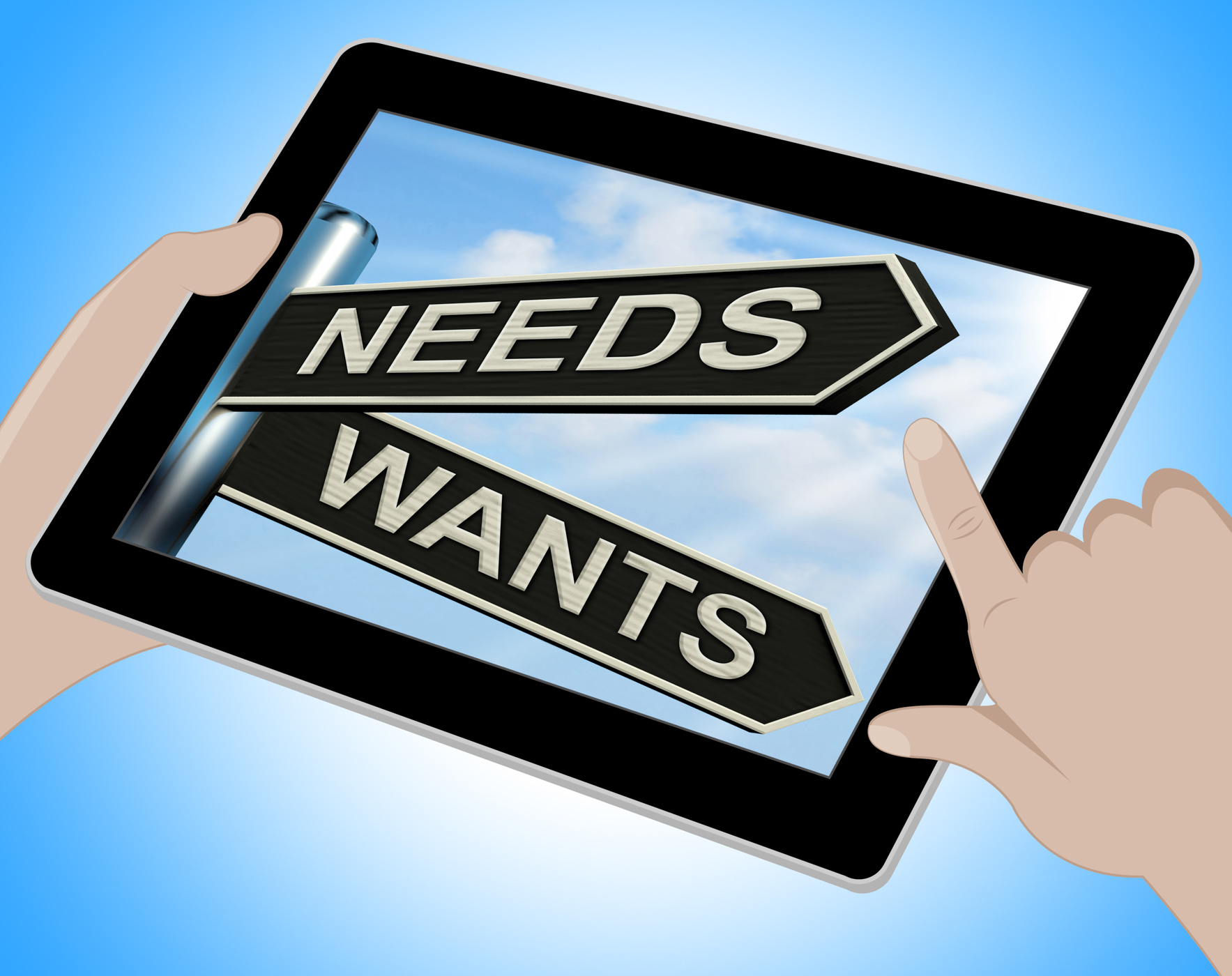
Many people have the misconception that a product and a service may be readily distinguished from one another. For instance, it is very evident that when you purchase a computer, you are making a purchase of a product, yet when you call the IT person to fix it, you are making a request for a service.
On the other hand, there are instances in which the boundary between the two ideas does not appear to be crystal apparent. For instance, when you go to a restaurant, do you order a product or a service when you get there, or do you both?
In this piece, we will not only explain the distinctions between a product and a service but also provide some illustrations to help readers better grasp the concepts.
Difference Between Product and Service
Let’s take a look at the differences between products and services, as well as the ways in which they might be differentiated from one another.
1. Tangible vs. Intangible
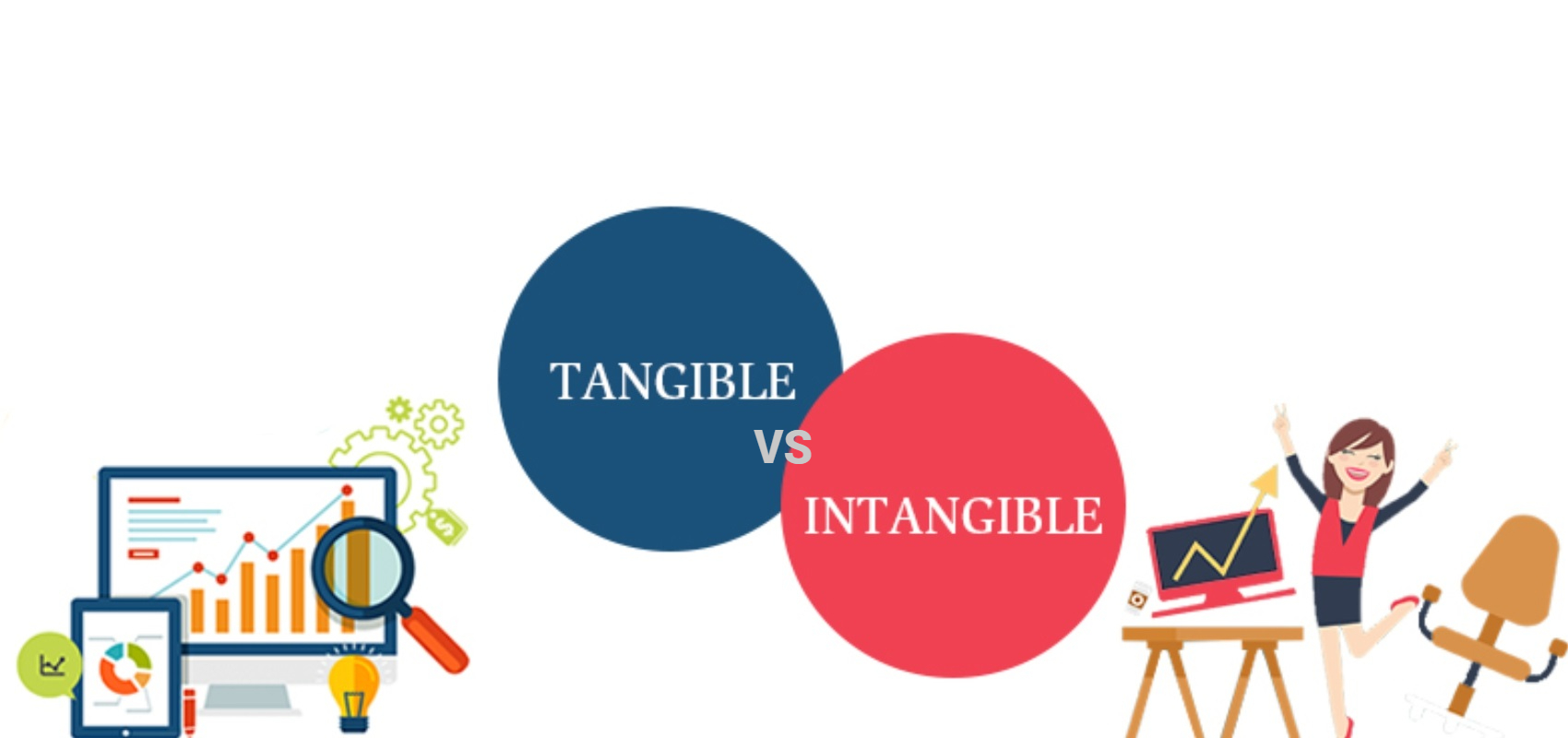
This may be the difference that stands out the most. A product is something that exists in the physical world and can be perceived by the senses of sight, smell, taste, and even hearing. On the other hand, given that it is an action, a service is composed of material things.
When it comes time to make a purchase, a tangible good and an intangible service are differentiated in very different ways. Although the product was already available, the quality of the service can only be evaluated once it has been obtained.
2. Storable vs. Perishable
Yet another difference may be grasped quickly and easily. Products can be kept for a while in storage. Instead, given that they are activities, services cannot be saved.
Let’s use an example. If a customer doesn’t buy a car, the dealer just parks it in the garage and moves on to the next prospect. Products will still be available even if the shop is closed over the weekend.
But if you hire cars as part of your service, and one day you don’t rent any, you’ve effectively stopped doing that. Even if the service could be recovered, it would not be accessible in its original form.
Since factors like a product’s expiration date or surplus can result in financial losses, storage capacity is an important consideration.
If you’re going to sell a service, you should target an audience that is actually interested in buying it, and you should also think about the best time of day to do it. There’s no time limit on it, but if it’s being offered on days with no customers, it’s obviously not something people want.
3. Involvement vs. Acquisition
The services are not tangible in the traditional sense because they are created on demand. Basically, there is service when there are customers. A masseur, for instance, performs his services in response to a customer’s explicit request. Receiving a massage is an example of a non-tangible service.
To add, unlike physical goods, services can be altered to meet the needs of the client.
Going to a store to buy a suit is an example of a product, whereas going to a tailor for alterations is an example of a service. In the first scenario, the suit comes ready to wear from the manufacturer, albeit in a variety of sizes and cuts. Going somewhere to get it done, on the other hand, ensures that precise measurements will be taken based on your individual preferences.
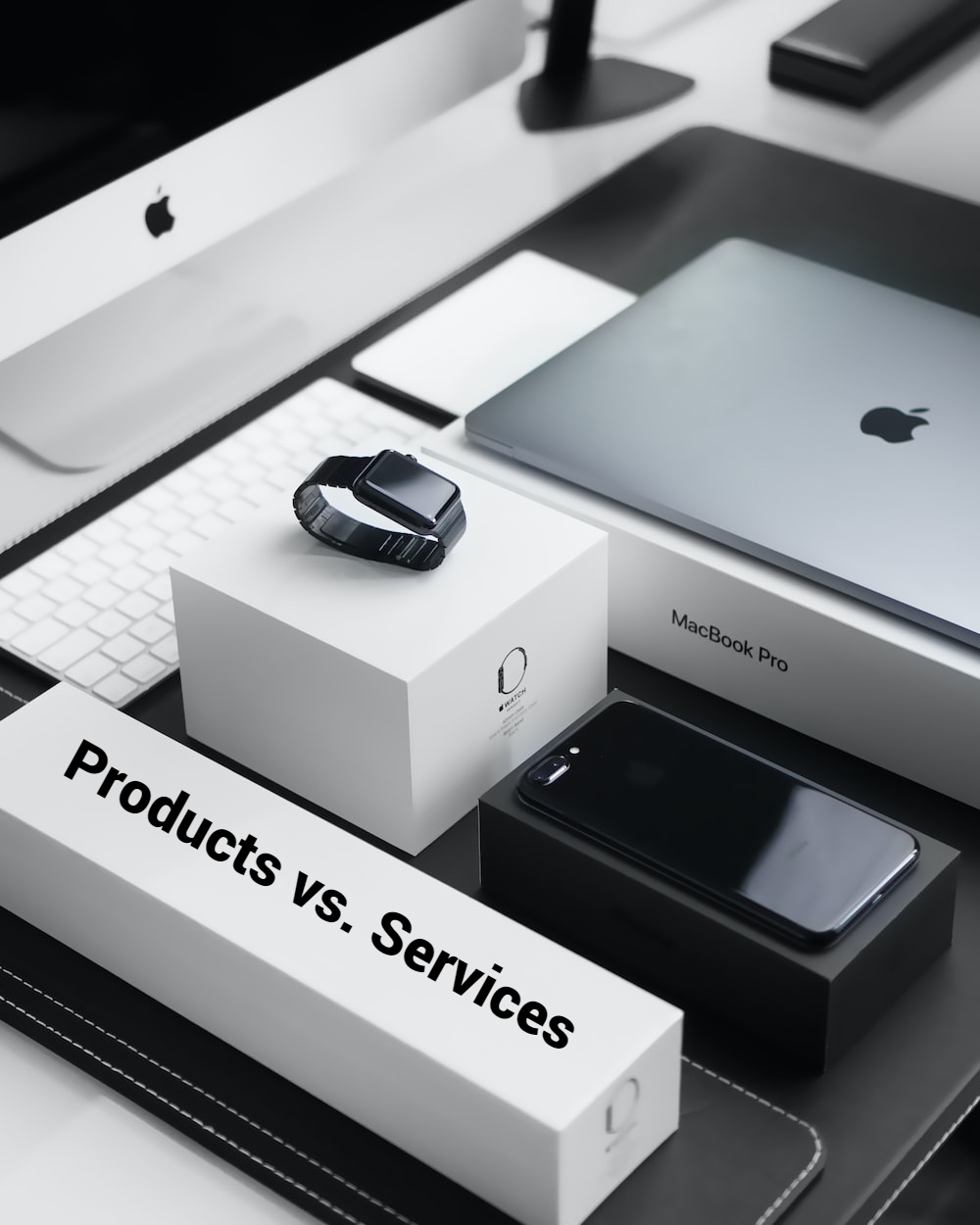
4. Need vs. Confidence
The items’ primary goal is to gratify the demand that inspired their creation. Obviously, a good product is a dishwasher that actually cleans the dishes.
Unlike products, services don’t have a clear-cut example of this. The parameters for judging the quality of service are highly subjective. They are contingent upon the individual receiving them.
To what extent you frequent a given eatery or salon depends on how much faith you have in the establishment’s proprietors and staff.
The decision to buy a specific brand of milk or style of a razor is not something that people choose on the spur of the moment, but rather after careful consideration of their needs, past experiences with the product, and the opinions of those they trust.
5. Homogeneity vs. Heterogeneity
Typically, the goods are the end result of a series of steps in mass production. Multiple thousand of the item are produced each week after being designed, molded, and mass-produced. There isn’t much of a difference between them. When manufacturing in bulk, the items adhere to strict guidelines. Therefore, it is possible to exchange or get a refund for faulty goods.
As a result, there will be a wide variety of influences on a service’s quality and features. It’s possible for multiple service providers to provide the same service but in vastly different ways.
It is preferable for businesses to have quality standards when providing a service or product, so that if a customer is dissatisfied, the company may make amends.
6. Client-Supplier Interaction
There are at least two people involved whenever a service is rendered: the customer and the provider. Therefore, the provider must carefully tend to the business relationship to ensure the client receives the service.
Relatedly, the company’s assurance that quality requirements are met when providing the service is crucial.
When providing an intangible service, factors like the employee’s appearance and communication skills, as well as the location where the action takes place, become crucial.
